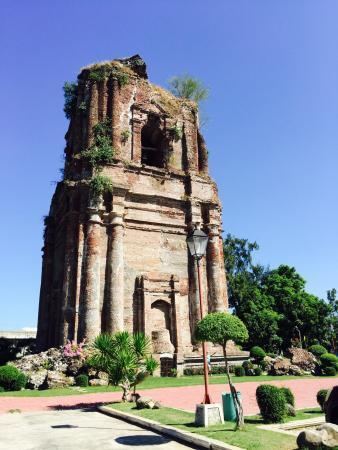Country Philippines District 1st District Barangays Area 65.32 km² Province Ilocos Norte | Region Ilocos (Region I) Founded 1778 Time zone PST (UTC+8) Local time Tuesday 1:32 AM Dialling code 77 | |
 | ||
Weather 26°C, Wind NE at 13 km/h, 68% Humidity | ||
Bacarra ilocos norte philippines
Bacarra is a 3rd municipal income class municipality of Ilocos Norte, Philippines. According to the 2015 census, it has a population of 32,215 people.
Contents
- Bacarra ilocos norte philippines
- Map of Bacarra Ilocos Norte Philippines
- Good eats fresh from bacarra river in ilocos norte philippines
- Geography
- Barangays
- Demographics
- Municipal Officials
- List of former town executives
- Government seal
- References
Map of Bacarra, Ilocos Norte, Philippines
Good eats fresh from bacarra river in ilocos norte philippines
Geography
Bacarra is bounded on the north by the Municipality of Pasuquin, on the east by Vintar; on the south by Laoag City; and on the west by China Sea. It is 7 kilometres (4.3 mi) north of Laoag City and 494 kilometres (307 mi) north of Manila. Bacarra is one of the municipalities with the smallest land area in the province.
Barangays
Bacarra is politically subdivided into 43 barangays.
Demographics
In the 2015 census, the population of Bacarra was 32,215 people, with a density of 490 inhabitants per square kilometre or 1,300 inhabitants per square mile.
Municipal Officials
Term of Office: June 30, 2016 – June 30, 2019.
List of former town executives
1898–Present
Government seal
Shield, derived from the Provincial Seal of Ilocos Norte.
Blue, symbolizes the incessant of peace for love, justice equality and tranquility, the purity of heart and open mind of the people of Bacarra, Ilocos Norte towards progress. It also depicts the fervent hopes and prayers of the people to reach their goals in their pursuit for economic recovery through productivity and self-reliance.
Yellow, represents the burning desire and initiative of the people to attain reconciliation through the power of love and prayer.
Brown, represents the basic race which the people take pride in the cultivation of the soil through their own sweat and blood.
Leaning Tower, depicts the strength and sturdiness of the people to withstand the challenges of life in the passage of time. It also expresses the dignity of labor.
Carabao and Plow, symbolize the basic factors of production which are of paramount importance in attaining the fondest dreams of the people to become active, viable, self-reliant and productive.
Tobacco and Garlic, represent the two major agricultural cash crops of the people thereby attaining self-reliant.
